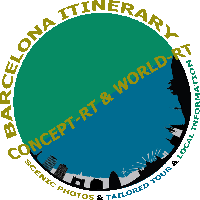Xian with its Terracotta Warriors of China
To go to Xian (西安) from Peking, we went to Beijing West Railway station (line L9), first we tried to buy tickets directly at the station, there is a special line (line 16) for foreigners, in fact, it is a line where there is an employee who speaks English. At the end, we bought by internet because we asked different options and he didn’t understand well so once we booked our tickets online, we tried to use the automatic machine to get them but without a national Chinese ID, no way so we went back to the line 16 and showing the guy the reservation number and our passports, he printed them out. |
|
It takes about 6 hours to reach the city by a high speed train, once there, it was around 20h, the train station is connected directly to the metro station which is very practical but before, we asked some people how to reach our hotel Ibis (59 heping road).
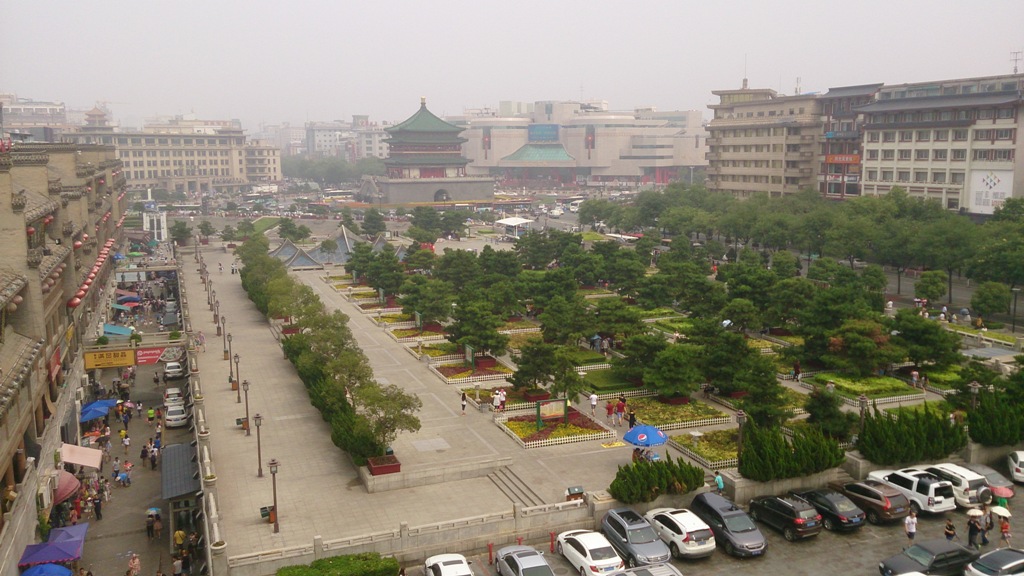 |
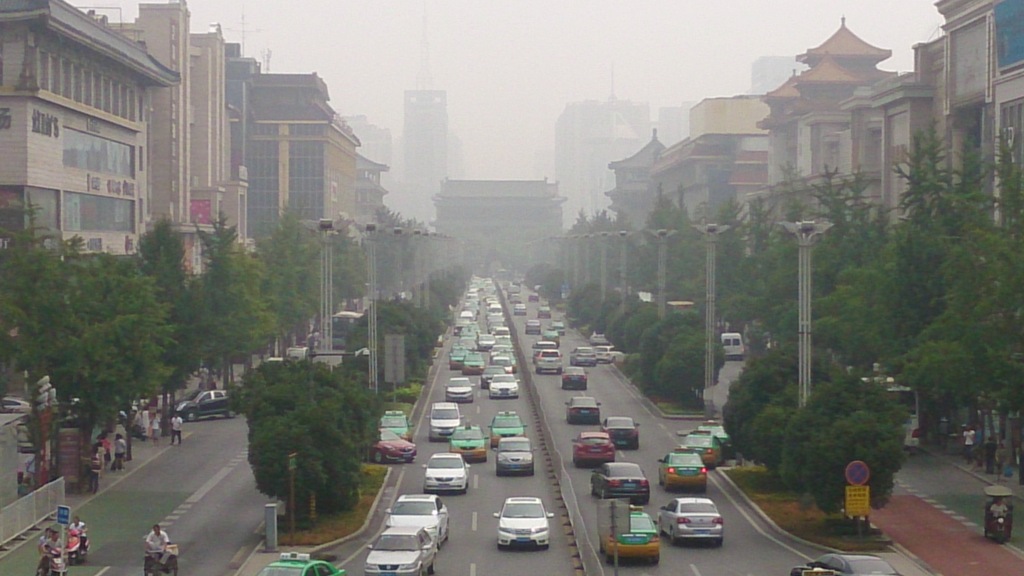 |
The point is that Xian owns currently only 2 lines of metro, and there is no station near to the hotel, may be in the future since there is a project to create 4 new lines. So taking the metro from bei kezhan to zhonglou zhan (also called bell tower) then we walked but we got lost so we took a taxi, the driver made us a little visit before to bring us to Ibis, at the end, we only paid 13rmb.
The hotel is not bad but it is not close to the downtown, although it is situated inside the wall, at the southeast corner so we decided to change the next morning to the hotel Days Inn (99 north main street). It is a good hotel, just at few minutes from the Bell Tower (西安钟楼) and to the beidajie metro station.
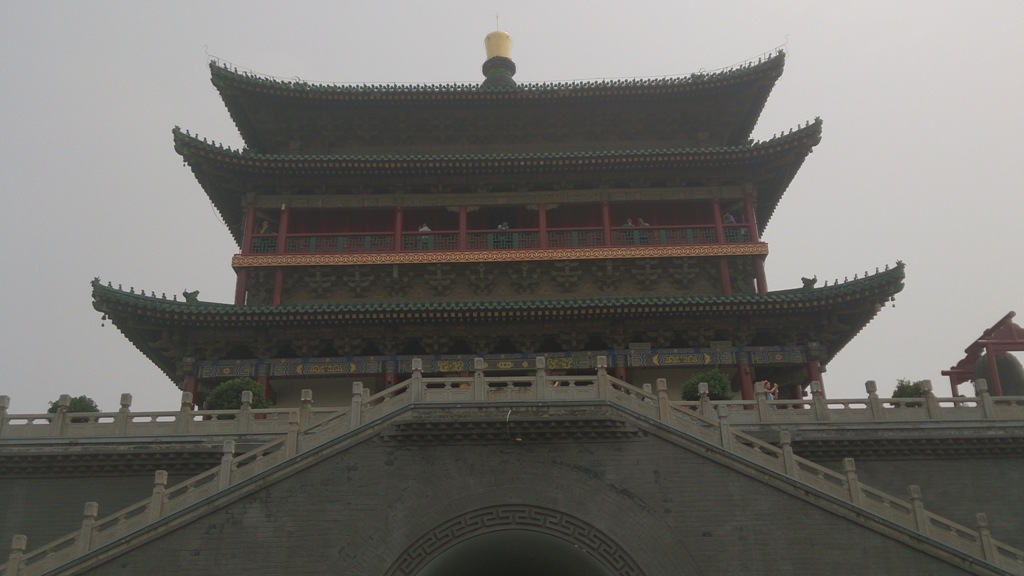 |
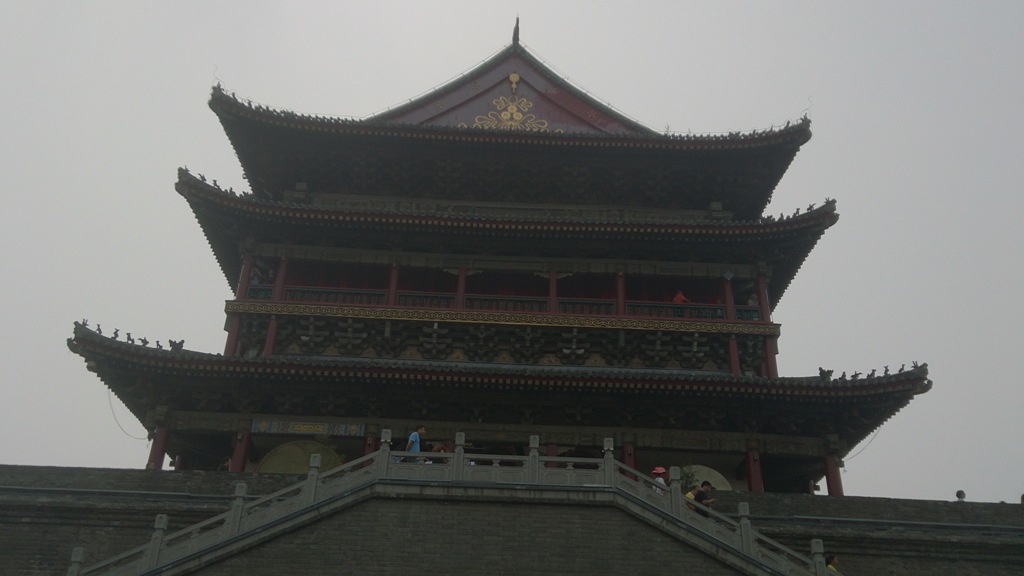 |
Of course, our first day was to visit the tower. It is the center of the walled city and it is located in the center of a traffic circle. Since there are security barriers to prevent people to go directly by the streets, the entrance is located in the underpass. In fact, to cross the streets of the center, people have to use the underpass.
The tower is built in 1384 and if you go to the top, there is a 360 degree view where it is possible to view the south door and the Drum Tower (西安鼓楼) for instance. There is an interesting iron bell called Jingyun which, during the old time, gave time and the interior decoration is quite nice with its green, red and blue colors.
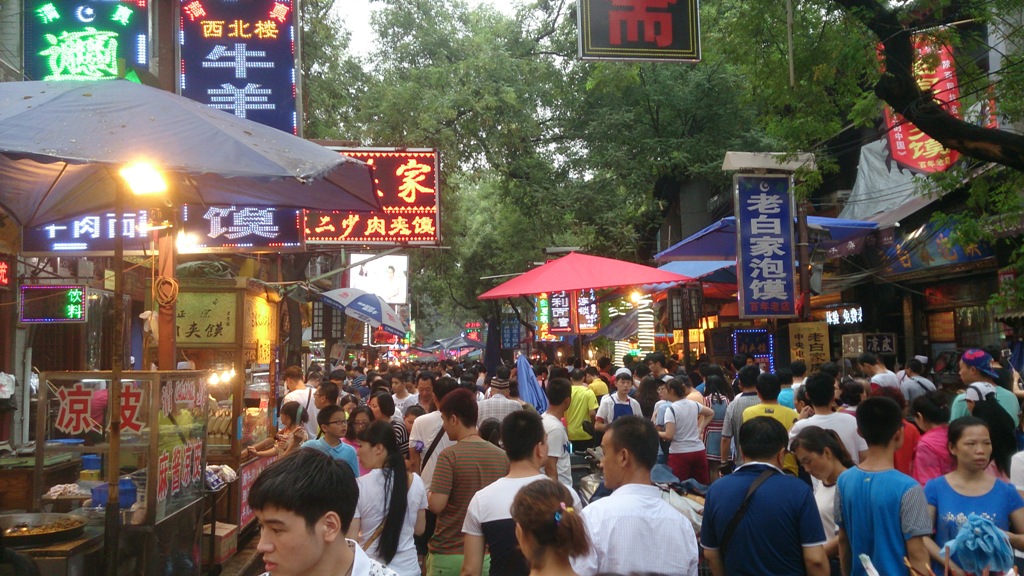 |
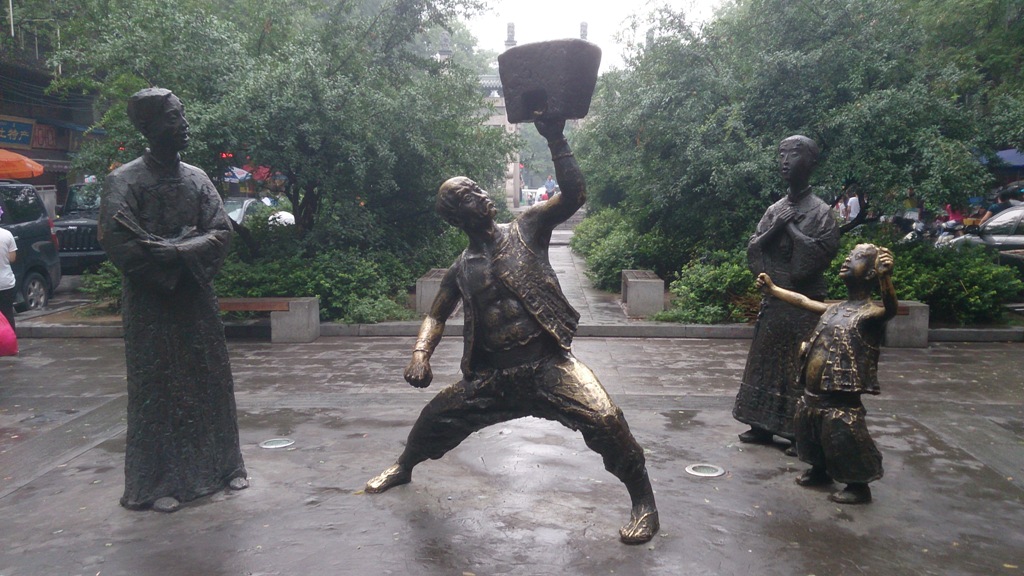 |
The drum tower is quite similar to the bell one, built in 1380, it was used to announce the sunset while the other was stricken at dawn. There are many drums exhibited and, there was a drum show at the down floor meanwhile I was taking some pictures at the top.
At the feet of the tower, the Muslim quarter, we strolled on the main street called beiyuanmen with its shops and stalls of souvenir and food. The street is very crowdy and all along, buildings dating from 1368 to 1911, corresponding to Ming and Qing dynasties period.

Meanwhile visiting the area, we were looking for the Great Mosque (大清真寺, 30 huajue alley). It was built in 742 mixing both cultures, Chinese and Arabian. If you don’t want to walk in the quarter and you prefer to go directly to the mosque, starting from the tower, at the beginning of the street, on the left, there is a narrow alley with many souvenir stalls, take it and it will lead you directly to it.
It is a nice place to escape to the noise of the streets and to take a break, most of the pavilions can be visited except the last one at the big courtyard, it is dedicated for prayer.

The next day was dedicated to the immortal army of Qin Shi Huang, the first Emperor of China, the Terracotta Warriors (兵馬俑). We took the metro from beidajie to anyuanmen then we walked until the railway station, it is located just outside of the wall, at the northeast corner.
We walked until the bus parking and here, there are 2 options:
- take the special bus 914 (blue color) or 915 (green color)
- or take the local bus “5 (306)”
We took the special bus because for the local one, there was a huge line. We paid 8rmb to go and 15rmb for the way back. Why the price has doubled ??? Unknown reason, it is the price that they told us to pay and that’s it.

The most interesting are the museum and the site A (the biggest one). If we take in consideration that they started to build the mausoleum in 246 BC, it is very amazing that each statue is different and the archeologists are still working to show us its secrets.
Our last day before to go to Pingyao was to see the tomb of Han Yang Ling (汉阳陵博物馆), also known as Jingdi, the sixth emperor of Han dynasty. From the hotel, we took the metro to shi tushuguan station (exit D), just beside the exit, there is a bus stop, take the number 4 (brown color). The bus brought us directly to the site and it runs from 9h00 to 17h30 (every hour there is a bus except between 13h00 – 14h30).
We only visited the mausoleum museum, and the west door building and we skipped the archeologist museum area. The museum is quite interesting but in some sections, there are very few lights so we couldn’t see things well. The building is a reconstruction of how was the west entrance because the tomb were protected by a wall with 4 main doors, inside, there is nothing interesting to see and the last floor is a souvenir shop.
Next day, we took a high speed train to go to Pingyao with its Confucius Temple of China.

